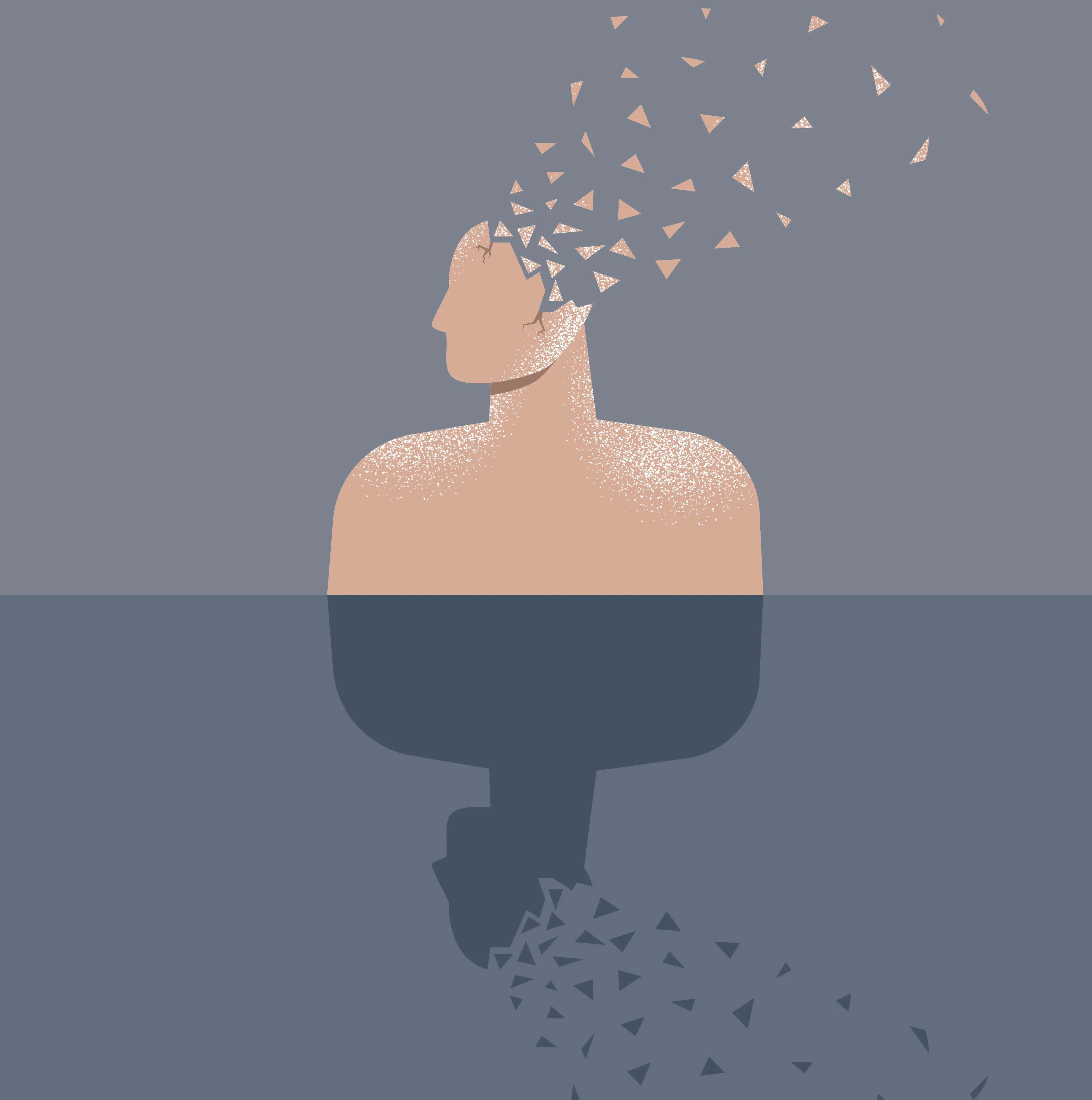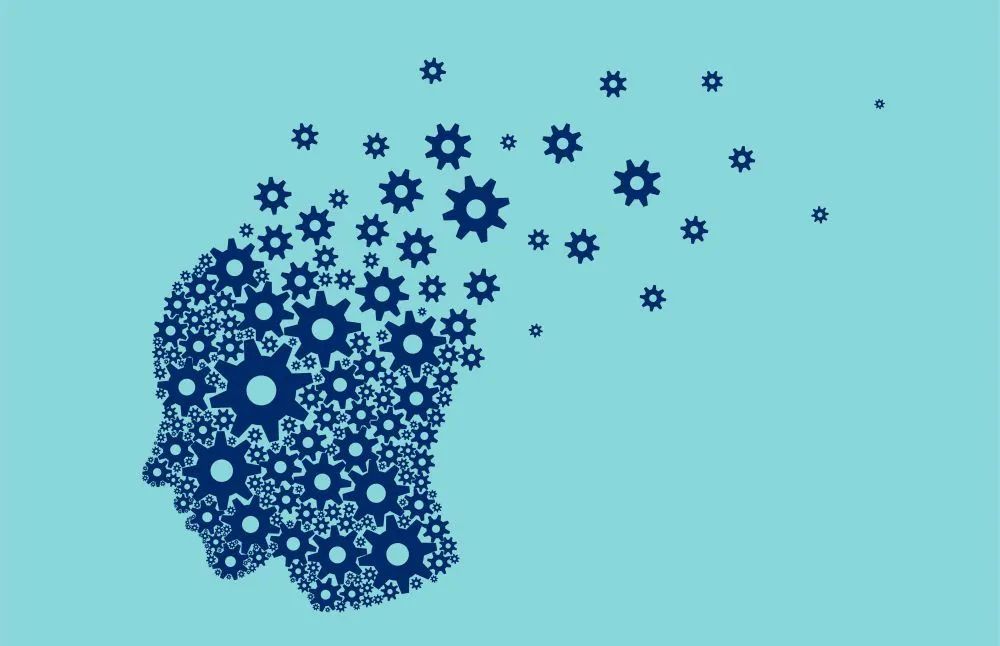News
Article
The Week in Review: July 31-August 4
Author(s):
From overutilization of emergency departments to reversible clomiphene-associated manic episodes, here are highlights from the week in Psychiatric Times.
Chepko Danil_AdobeStock

This week, Psychiatric Times® discussed a wide variety of psychiatric issues and industry updates, from overutilization of emergency departments to reversible clomiphene-associated manic episodes. Here are some highlights from the week.
Schizophrenia Treatment Fails to Meet Primary Endpoint in Phase 3 Clinical Studies
everything bagel_AdobeStock

Results from 2 phase 3 clinical studies show that a drug under investigation as a treatment for schizophrenia has failed to meet its primary endpoint.
The drug, ulotaront, is a trace amine-associated receptor 1 (TAAR1) agonist with 5-HT1A agonist activity administered once daily to adults with schizophrenia. The Developing Innovative Approaches for Mental Disorders (DIAMOND) 1 and DIAMOND 2 multicenter, randomized, double-blind, parallel-group, fixed-dose clinical studies evaluated the safety, efficacy, and tolerability of ulotaront compared to placebo over the course of 6 weeks. Although the drug was shown to be largely safe and well-tolerated by patients in both studies, the results for ulotaront were not superior to placebo in either study. Continue Reading
Overutilization of Emergency Departments
EyeMark_AdobeStock

In my 25 years as an emergency room (ER) psychiatrist, I have observed a significant number of patients referred to the ER for non-emergent reasons. This observation led me to investigate the data on the subject, which, to my surprise, was quite limited. However, a few studies provided valuable insights into the overutilization of emergency departments (EDs), particularly in the context of psychiatric referrals and the potential for alternative care models such as mobile mental health clinics and patient navigation programs.
Vigiser and colleagues evaluated 177 consecutive referrals to the psychiatrist in the ED over a 2-month period. They found that only one-third of these referrals met their criteria of justifiability, with the general practitioner (GP) being the referral source in only 29% of justified cases. This overutilization was attributed to a combination of poor understanding by the GP of when to refer urgently, efforts by the GP to bypass clinic waiting lists, and a lack of alternative community facilities. Continue Reading
A Look at Reversible Clomiphene-Associated Manic Episodes
Feodora_AdobeStock

We recently managed a case of clomiphene-induced acute mania that resolved after discontinuation of clomiphene and empiric treatment with olanzapine. Physicians are advised to consider clomiphene-associated phenomena with acute psychiatric presentations following recent use of this medication. Discontinuation of clomiphene, close serial clinical observation of mental status, empirical treatment of psychiatric symptoms, subsequent avoidance of clomiphene, and clinical follow-up are indicated.
Case Report
The patient was a 37-year-old male with no prior medical history who presented with acute onset of psychomotor agitation, pressured speech, and psychosis. On day 1, the patient started using Clomid (clomiphene) as a supplement, which he had ordered from an overseas website after a friend recommended it as a pre-workout supplement that could “increase testosterone levels.” Continue Reading
Sleep Spindles: A Comparison in Young Patients with Schizophrenia and Anti-NMDAR Encephalitis
gballgiggs/Adobestock

Building on research indicating a relationship between sleep and schizophrenia, a recent study compared sleep spindle parameters in patients with childhood-onset schizophrenia (COS), early-onset schizophrenia (EOS), anti-NMDAR encephalitis (NMDARE), and healthy control participants. In addition, Dimitriades and colleagues investigated the potential relationship between sleep spindle parameters in patients with COS and EOS and the duration of illness. An understanding of this relationship may lay the foundation for improved novel treatments for patients with schizophrenia.
Dimitriades and colleagues analyzed pooled data from all-night sleep electroencephalogram (EEG) in patients with COS (N = 17, 16.0 ± 3.6 years, 70.6% female), EOS (N = 11, 16.4 ± 1.4 years, 36.4% female), NMDARE (N = 8, 13.3 ± 4.5 years, 75.0% female), and 36 age- and sex-matched control participants in 17 (COS, EOS) or 5 (NMDARE) electrodes. Sleep spindle parameters included sleep spindle density (SSD), maximum amplitude (SSMA), and sigma power (SP). Continue Reading
See more recent coverage from Psychiatric Times here. And be sure to stay up-to-date by subscribing to the Psychiatric Times E-newsletter.
Do you have a comment on any of these or other articles? Have a good idea for an article and want to write? Interested in sharing your perspectives? Write to us at PTeditor@mmhgroup.com.






